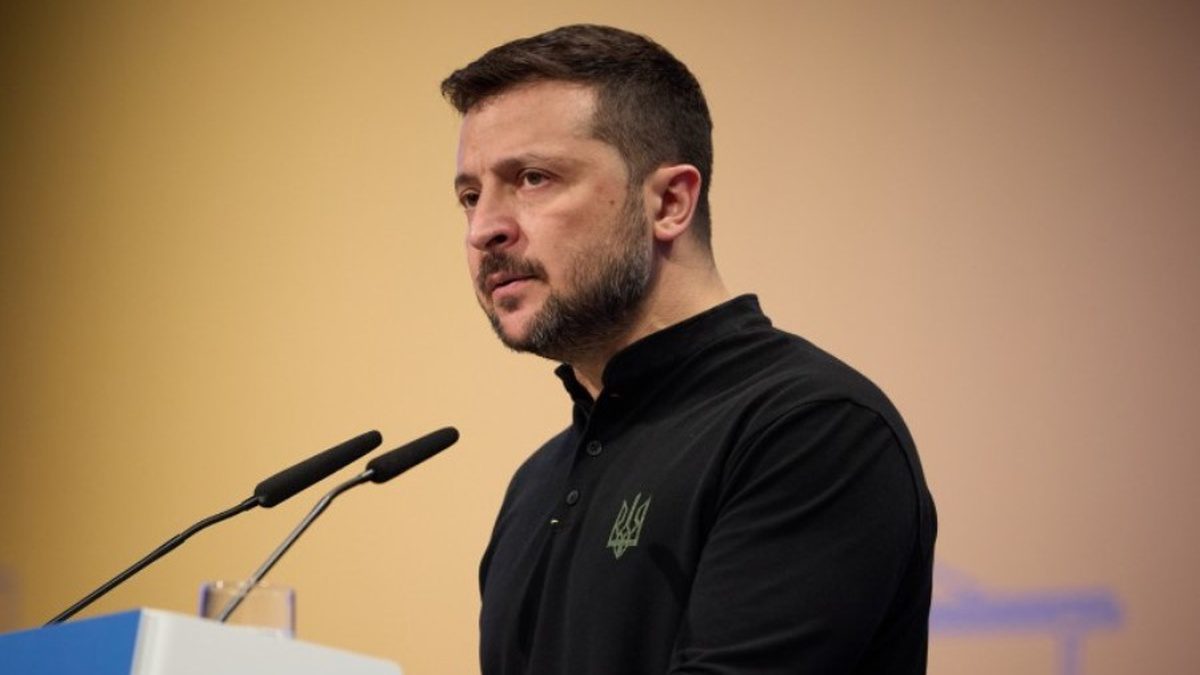The “victory plan” presented by President Zelenskyy has become an interesting media pretext for reducing the psychological stress of the war and could be a fair way to end it, but its implementation depends entirely on the West. And, most importantly, the partners must dare to do what they have previously resisted.
It is known that Western countries have previously worked on “peace plans” for Ukraine that did not satisfy the Ukrainian side, so the Ukrainian guarantor decided to play ahead and present his own plan to the allies. Each of Zelenskyy’s five points, and most likely the three secret annexes, are challenges for Western partners, especially since they have previously rejected many of the proposals.
The most difficult point of Zelenskyy’s “victory plan” is to invite Ukraine to NATO before the war ends. It is telling that on the same day that the Ukrainian plan was made public, US Ambassador to NATO Julian Smith noted that “We are not at a point where the Alliance is talking about extending an invitation in the short term.” Western leaders have not yet expressed their readiness to accept Ukraine into the Alliance, so the coherence of Zelenskyy’s proposal remains debatable. “Partial membership” remains a likely option: “political integration,” without a military component, without the presence of Western troops, or the extension of collective defense only to the unoccupied part of the territory.
The second point of Zelenskyy’s “victory plan,” lifting restrictions on strikes on Russian territory and jointly shooting down Russian missiles with partners, has a chance of being implemented, but it is unlikely that we can talk about “closing the skies over Ukraine.” Long-range missiles may be provided after lengthy negotiations and a series of restrictions and warnings to Russia, but this is not even an issue for this year. Instead, air defense against Russian missiles is a problem even over the territory of partners, as only Belarus has shot down Russian drones so far. In the future, NATO may agree to shoot down Russian air threats over Ukrainian territory within 10-20 kilometers of its borders, but the partners have to “mature” to this position.
The third point of the plan, a “comprehensive non-nuclear strategic deterrence package” to protect against Russia in the future, most likely means foreign military bases in Ukraine. But, given the strong pressure from opposition parties in European countries (often funded by Russia), Ukraine will probably receive no more than military instructors.
The fourth point – “strategic economic potential” – is the only one that can actually be fulfilled. “Jointly protecting and investing in the extraction and use” of Ukrainian resources is the argument that will give Western corporations a motive to protect their businesses in Ukraine from Russian invasion. However, it will be difficult for the government to convince the opposition that this is not a sale of Ukrainian resources for nothing in exchange for ephemeral protection.
The fifth point, about replacing US troops in Europe with the Ukrainian Armed Forces, looks more like a negotiating bonus to create an optimistic vision of the situation. The weakness of the President’s “victory plan” is that all security points depend solely on the will of partners who have not demonstrated this will so far. Ukraine is proposing this plan in the face of the Russian offensive in Donbas, when the Kursk operation has entered a “clash” and mobilization problems are among the country’s main difficulties.
The key issue is the coordination of the “victory plan” with the West. After all, if the Ukrainian leader announced it without prior agreements, Ukraine can only hope for its declarative implementation, delayed in time, with only the fourth, “resource” point fully implemented.
Author: Valeriy Maydanyuk


Leave a Reply